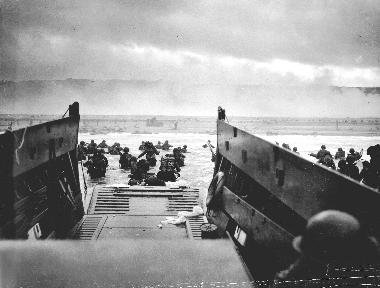
World War Won Trivia Quiz
In order to defeat the Central and Axis Powers, the Allies fought on every front: land, sea and air. These twelve battles helped to turn the tide. Can you sort each victory by where it was won?
A classification quiz
by wellenbrecher.
Estimated time: 3 mins.
- Home
- »
- Quizzes
- »
- History Trivia
- »
- World War II
- »
- WW2 Battles